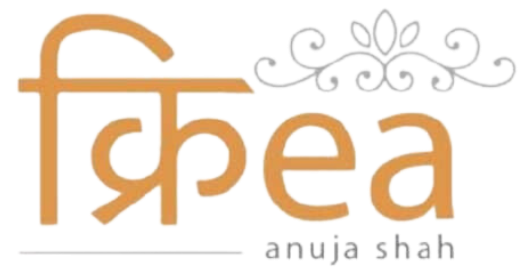

The rich and vibrant heritage of Kutch, a region in Gujarat, India, is mirrored beautifully in its indigenous art forms. Kutchi art, often referred to as Kutchi embroidery or Kutchi work, is a testament to the artistic prowess and cultural heritage of the people of this region. In this blog, we embark on a journey to explore the intricate threads of Kutchi artistry.

A Stitch in Time: The Roots of Kutchi Art
Kutchi art is deeply rooted in the history and lifestyle of the Kutch region. Traditionally, the women of Kutch have been the torchbearers of this art form. Their skillful hands have woven stories of their land, culture, and beliefs into each piece of embroidered fabric.
Kutchi embroidery is characterized by its intricate and colorful patterns. These patterns often feature motifs inspired by nature, such as animals, birds, and geometric shapes. Each motif has a story to tell, and these stories have been passed down through generations.
Threads That Bind: Techniques and Styles
Kutchi art encompasses various embroidery techniques, each with its distinct style and purpose. Some of the prominent techniques include:
1. Ari Embroidery: Known for its use of a specialized hook, Ari embroidery creates raised and textured designs. It's often used in bridal attire and ceremonial pieces.
2. Rabari Embroidery: This style is associated with the Rabari community of Kutch. It features bold geometric patterns and mirror work, which symbolizes protection from evil spirits.
3. Ahir Embroidery: Inspired by the Ahir community, this style uses vibrant colors and bold motifs to create a visual feast. Ahir embroidery often tells stories of the nomadic lifestyle of the Ahir people.

A Kaleidoscope of Colors: The Palette of Kutchi Art
One of the most striking aspects of Kutchi art is its use of colors. Kutchi embroidery features a dazzling array of hues, from bright reds and blues to earthy tones. The choice of colors isn't merely aesthetic; it's deeply tied to the cultural significance of each piece.
For instance, red signifies auspiciousness and purity, while blue represents water, a precious resource in the arid Kutch region. These colors are more than just decorative; they convey the essence of Kutchi life and traditions.
Kutchi Art in the Modern World
Kutchi art has transcended its traditional boundaries and found a place in the global art scene. Contemporary designers and artists have incorporated Kutchi embroidery into fashion, home decor, and art installations, introducing this ancient craft to a wider audience.
The revival of Kutchi art has also brought economic empowerment to the women artisans of the region. Non-profit organizations and cooperatives have played a significant role in preserving and promoting this heritage.
The Timeless Allure of Kutchi Art
In a world that often moves at a frantic pace, Kutchi art reminds us of the beauty of slowing down and creating something with patience and passion. It's a testament to the enduring appeal of traditions and the power of art to bridge cultures and generations.
In conclusion, Kutchi art is a captivating blend of tradition and creativity, where every stitch tells a story and every motif carries a piece of Kutch's soul. It's a celebration of culture, color, and the indomitable spirit of the people who have kept this art form alive for centuries.
